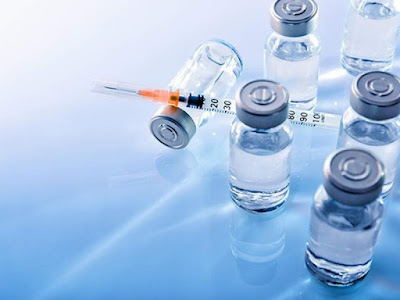Polio Vaccines are vaccines specifically intended to protect against poliomyelitis rubella. Two categories are currently available: an inactivated poliomys vaccine given via injection and a live/dry freeze-polio vaccine given via a nasal spray. The World Health Organization advises all children under the age of six to be fully immunized against poliomys. Similarly, the United States recommended that all preschool children receive two doses of the inactivated vaccine beginning at age six months and repeating in every classroom until age 18 months.
A single dose of the trivalent oral poliovirus vaccine is scheduled for every two weeks during the first six months of life, and thereafter a booster shot is given six times a year. At age one, a one-dose schedule is recommended. Some infants who receive only the single dose of the vaccine at birth may experience lasting symptoms or paralysis of the quadriceps muscle or the pericardium muscles, so a booster shot should be scheduled after the birth.
While the two types of Polio Vaccines have the same effect, they also have different modes of action. For instance, the live virus in the type 3 vaccine stimulates an antibody response which eradicates viruses on contact. Polio type 1, the inactive type, does not elicit any type of antibody response.
The use of the two types of oral poliovirus vaccines is separated by a gap of about 20 years. Between the introduction of the first type of oral vaccine and the emergence of the type 2b vaccine many people who had been exposed to wild strains of poliomyelitis rubella developed immunity to the vaccines. Today, vaccination programs are being used to immunize children against a wide range of diseases, including polio, yellow fever, typhoid, diphtheria, and plural fever. Polio Vaccines is particularly important in countries with poliomegal infections and where the rate of infection is increasing.





No comments:
Post a Comment